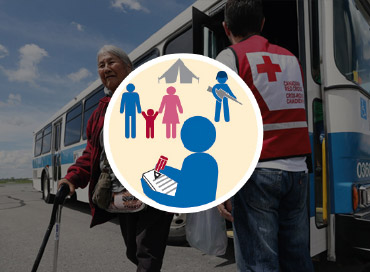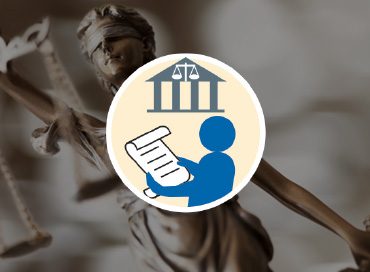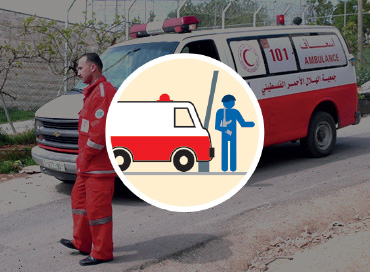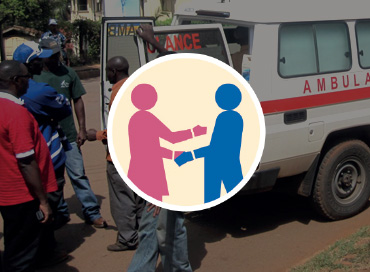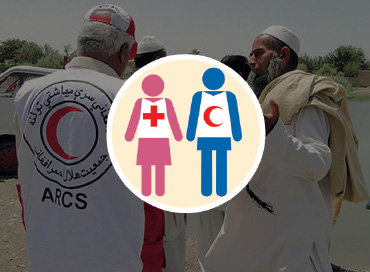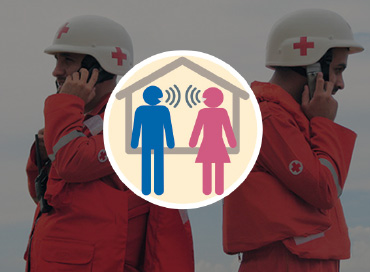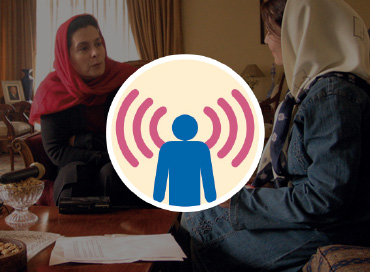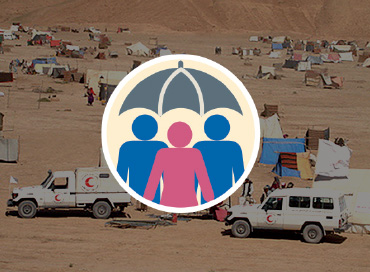Security and Safety Toolkit for Safer Access
This practical resource toolbox provides safety and security tips, tools, and guidance for National Societies. We are grateful for the contributions from the Georgian Red Cross, Sudanese Sudan Red Cross, the International Federation of Red Cross and Red Crescent Societies, and the International Committee of the Red Cross.
Who can use this toolkit? National Societies exposed to any forms of security and safety risks, such as conflicts and other forms of violence as well as natural disasters can use the toolkit to assess and respond to safety and security challenges.
What can the toolkit be used for? First, this guide is meant to help National Societies assess and analyze their context in relation to access, safety and security for NS staff and volunteers. Second, the toolkit helps NS to prevent and manage incidents linked to safety and security. Third, it can be used to run workshops to strengthen safety and security preparedness of NS. Fourth, it facilitates coordination with Movement partners regarding safety and security.
What is in the toolkit? The tools are organized along elements one (Element I Context and risk assessment) and eight (Element 8 Operational security risk management) of the Safer Access Framework. To accede the Safer Access Practical Resource Pack guide, please go to www.saferaccess.icrc.org)
Please find hereafter the details of the toolkit.
1Ressources
- 01. Context and Risk Assessment
- 01.1. Step-by-step instructions on how to conduct a context and risk assessment
- 01.1.1. Context Assessment
- 01.1.2. Security and Safety Risk Assessment Table
- 01.1.3. List and details of risks
- 02. Operational Security Risk Management
- 02.1. Safety, Security & Risk Management Capacity Assessment Tool
- 02.2. MSR checklist
- 02.3. Safety and Security Incident Management Framework Template
- 02.4. Crisis Management Systems and Cycles
- 02.5.1. Template – Safety and Security Regulations for employees and volunteers
- 02.5.2. Example_Safety and Security Regulations for employees and volunteers
- 02.6. Field trip movements
- 02.7. Safety and Security report template

